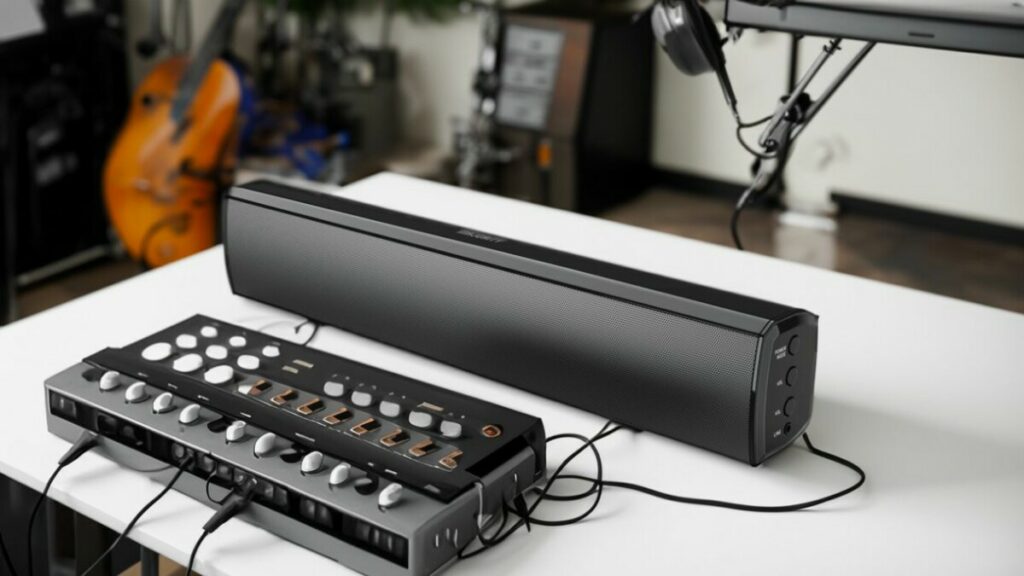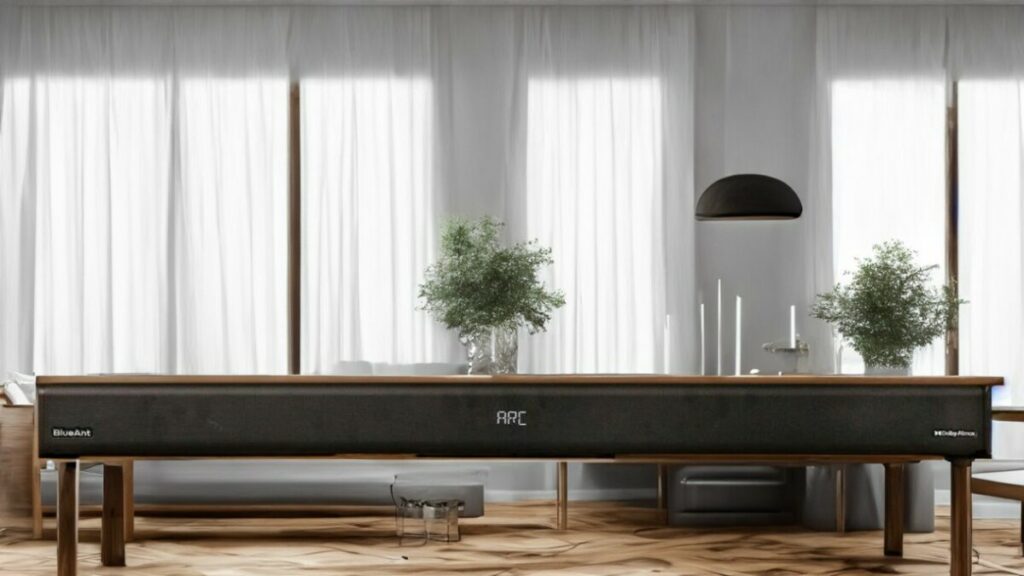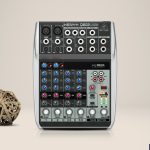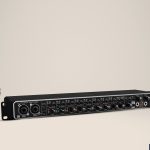So, you’re caught in the tech maze, asking yourself if you can repurpose a soundbar to act as a studio monitor. No sweat, we’re here to guide you through.
We’re about to dive into the nitty-gritty of audio quality, pitting studio monitors head-to-head against soundbars. We’ve got the lowdown on all the advantages, disadvantages, and everything else you need to know.
So, get ready for an enlightening tech adventure. Let’s nail this audio game together!
Is Using A Soundbar As A Studio Monitor A Good Idea?
No, you wouldn’t want to use a soundbar as a studio monitor. If you were to use a soundbar as a studio monitor, you’d end up with a sound that doesn’t truly reflect the audio. It would make it a real pain to make the right calls when you’re working in a studio environment. So, yes, you could technically hook up a soundbar to your audio kit, but it’s best not to use it as a stand-in for a studio monitor when the audio needs to be precise and authentic. Trust me, you’ll thank me later.
Here’s the deal: Studio monitors are finely tuned for super accurate and perfectly balanced sound reproduction. These are key for anyone doing meticulously detailed listening tasks like mixing or mastering tracks. On the flip side, soundbars were born to upgrade your TV or movie audio. They often have inbuilt tweaks to color or amp up the sound and give casual content a bigger boom.
The Functionality of a Soundbar
Soundbars are wicked smart pieces of audio tech that can seriously boost the audio game of your home entertainment setup. A major thing to keep an eye on is where you place this bad boy. The sweet spot? Right under or over your TV, which helps the sound spread evenly.
What’s super cool about today’s soundbars is their wireless capabilities. They totally outshine old school speakers because you can hook them up to a bunch of gadgets without dealing with a mess of wires. But here’s the catch – while a soundbar can definitely amp up your TV’s audio, it might fall short when it comes to studio monitoring.
Why? Well, the thing is, studio monitors are specially designed with sound staging and frequency response for audio production. So, a soundbar mightn’t quite hit the mark there. On another note, you might wonder about the little intricacies, like do studio monitors need to be broken in?
Distinguishing the Roles of a Studio Monitor
Grasping the nitty-gritty of each audio gadget can save you a heap of headaches in the future. Take a studio monitor for instance. It’s not your regular soundbar; it’s more of a superhero in the professional audio production world. Here’s the lowdown on what it does:
- Picture perfect sound: Studio monitors are your go-to for a pure, unadulterated version of the audio. Their job isn’t to jazz up or tweak the sound.
- Flexible placement: The cool part about studio monitors is that you can move them around to get the best sound quality. Try doing that with a soundbar, and you might as well be trying to climb Everest. But remember, it’s not just about the placement. Sometimes, the type of cables you use can make a difference. Ever wondered, do studio monitor cables matter?
- Full frequency coverage: These bad boys have got a broad frequency response, meaning they can nail both the low and high frequencies with precision.
- Straight shooter: The sound from these monitors hits you right in the face, a key aspect in professional scenarios.
Comparing Sound Quality: Soundbar Vs Studio Monitor
If you’re weighing up the pros and cons of audio quality, there’s a galaxy of difference between your run-of-the-mill speaker and a top-tier professional device. In fact, a side-by-side comparison quickly shows that studio monitors are pretty much the gold standard when it comes to sound reproduction. The reason? They’re crafted to deliver a flat frequency response, which basically means you get to hear every single detail in your mix.
Now, on the flip side, soundbars are more about jazzing up your everyday audio experience. They’re not really made for precision work. Think of them more as a booster for your favorite tunes or movie sound effects. Another thing you’ll notice is the soundstage differentiation. Studio monitors are the champs here, delivering a deeper, more spatial sound experience. You can basically pinpoint exactly where each instrument is in the mix, which is a pretty rad bonus.
The Pros and Cons of Using a Soundbar as a Studio Monitor
Thinking about swapping your pro audio gear for a soundbar? Let’s break it down.
One major perk is how easy-peasy a soundbar is to move around. Got a gig outside your studio? No problem, just grab the soundbar and hit the road.
But, there’s a flip side to this coin. Getting the calibration right on a soundbar can be a real headache. They’re not as fine-tuned as studio monitors, so you mightn’t get the exact sound you’re aiming for.
Here’s the lowdown:
- Soundbars are a piece of cake to move, making them a solid choice for on-the-go setups. One thing to consider when setting up in different environments is the power consumption. You might want to know do studio monitors use a lot of electricity?
- They don’t quite hit the mark when it comes to the detailed sound profile you’d get from top-notch studio monitors
- The calibration isn’t as sharp, which could mess with how accurately the sound is reproduced
- Soundbars weren’t exactly made with pro audio production in mind, so they mightn’t live up to your work standards
At the end of the day, the verdict is yours. Take a good look at what you need, how much cash you’re willing to part with, and what your studio setup is like before you make the call.
Expert Advice on Optimal Audio Setup for Studios
Getting the right advice is clutch when it comes to nailing the best audio setup for your studio. Seriously, it’s worth investing some time to dig around and learn a thing or two. The placement of your gear and the vibe of your room acoustically can make or break your sound quality.
When setting up your soundbar or other sound toys, you gotta take into account how your room plays with sound. Different surfaces can either bounce off, soak up, or scatter sound in different ways. So, if you put your gear in corners or near hard surfaces, you might end up with some gnarly echo that you didn’t sign up for. On the flip side, soft materials can suck up sound and make it feel kinda muffled.
If you want the best sound, position your gear at ear level, right smack in the middle of the left and right walls. Aim for an equilateral triangle setup between you and your speakers. But remember, it’s not just about the gear you’ve but how you use it. So, get creative and play around with it till you’re satisfied.
Mix & Mastering
I love to get my hands on all sorts of audio equipment, from headphones and speakers to audio interfaces. I love putting these products through their paces and seeing what they can do.










